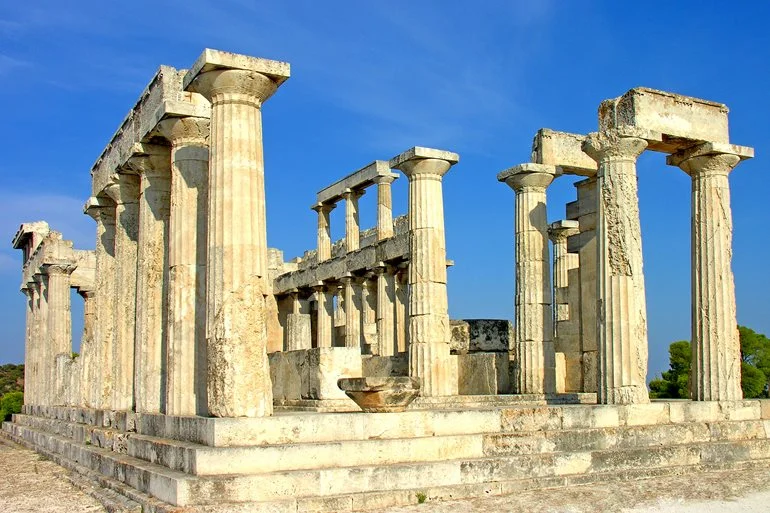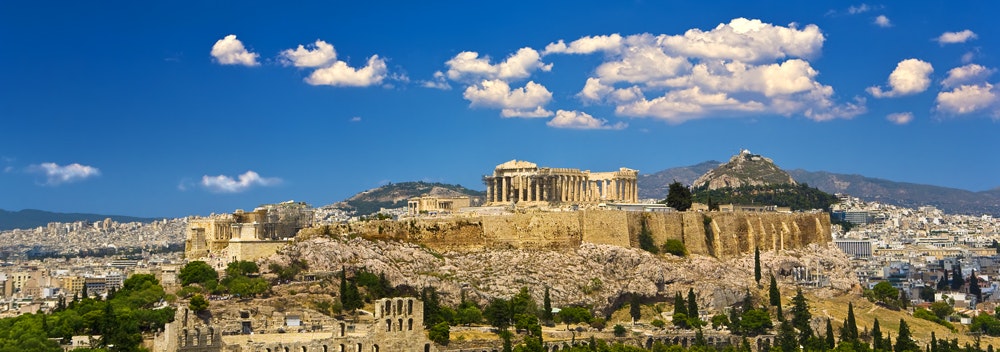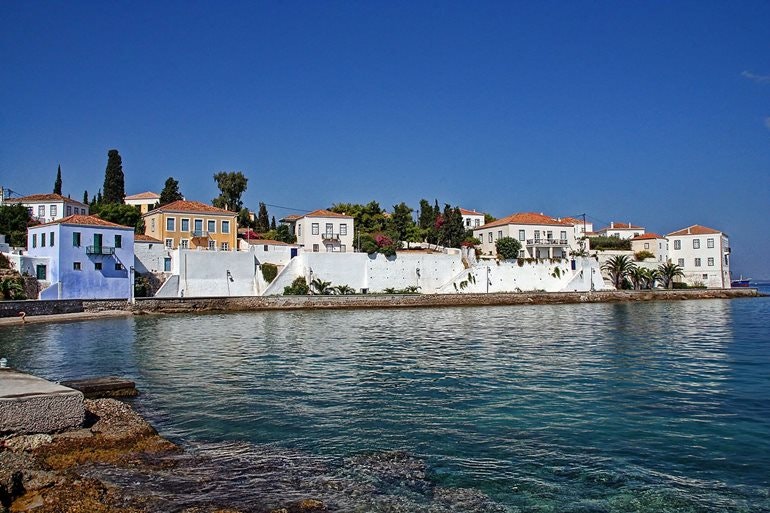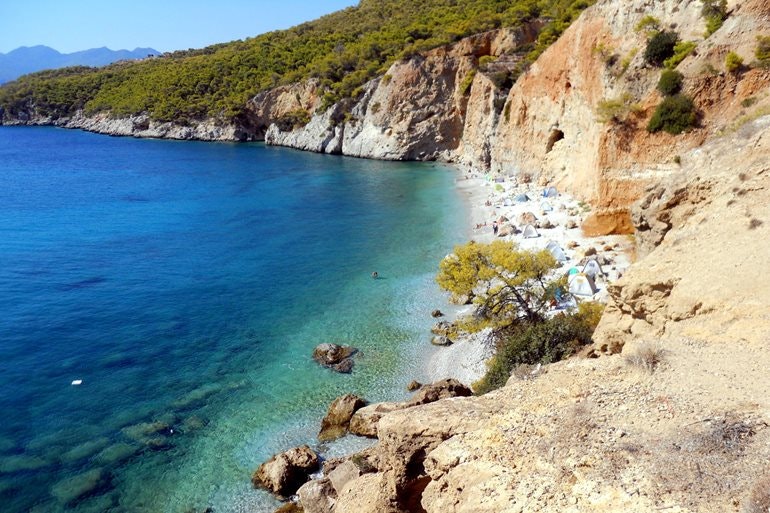Aegina
The island of Aegina is one of the most popular tourist destinations mainly because it is the island closest to Athens (just 16.5 NM from Pireus port). Picturesque island Aegina competed with Athens in the 5th century BC for business, economic, cultural, and political dominance.
The island’s most famous historical sight is the Temple of Afaia built in the Doric manner. The temple is 15.5 m wide and 30.5 m long. It has six columns along each of the shorter sides and twelve columns along each of the longer sides. A cult statue of a goddess protected by wooden bars once stood at the front. The entire building except for the gable and the roof is built from local limestone.
Jannis Kapodistrias was the first representative of modern Greece. In the first half of the 19th century, he had a army barracks built on the island and the building was later used as a museum, library and school. He also had the seat of the government established here for 300 days in 1828. These days, you can only find a monument here, in honour of the first President of modern Greece. The island is currently best known worldwide for its delicious pistachios. Pistachios marinated in honey are the local speciality.
Although the island is small, it boasts a number of historical sights and a natural beauty. The famous Temple of Afaia, which stands on one of the points of the equilateral triangle formed by this temple, the Parthenon, and the Temple of Poseidon, is probably the island’s most frequently visited tourist attraction.
Paleochora, Aegina
A remote hill with the remnants of a Byzantine village is located only 6.5 km east of the town of Aegina. More than 30 original chapels, some of which have been refurbished, are built into these heights. A network of paths lined with beautiful wild flowers in summer connects the chapels. The original town of Paleochora, the island’s capital from the 9th century to the medieval times, was deserted relatively recently, in 1820. Paleochora can be reached by bus directly from the marina.
.jpg)


.jpg)


